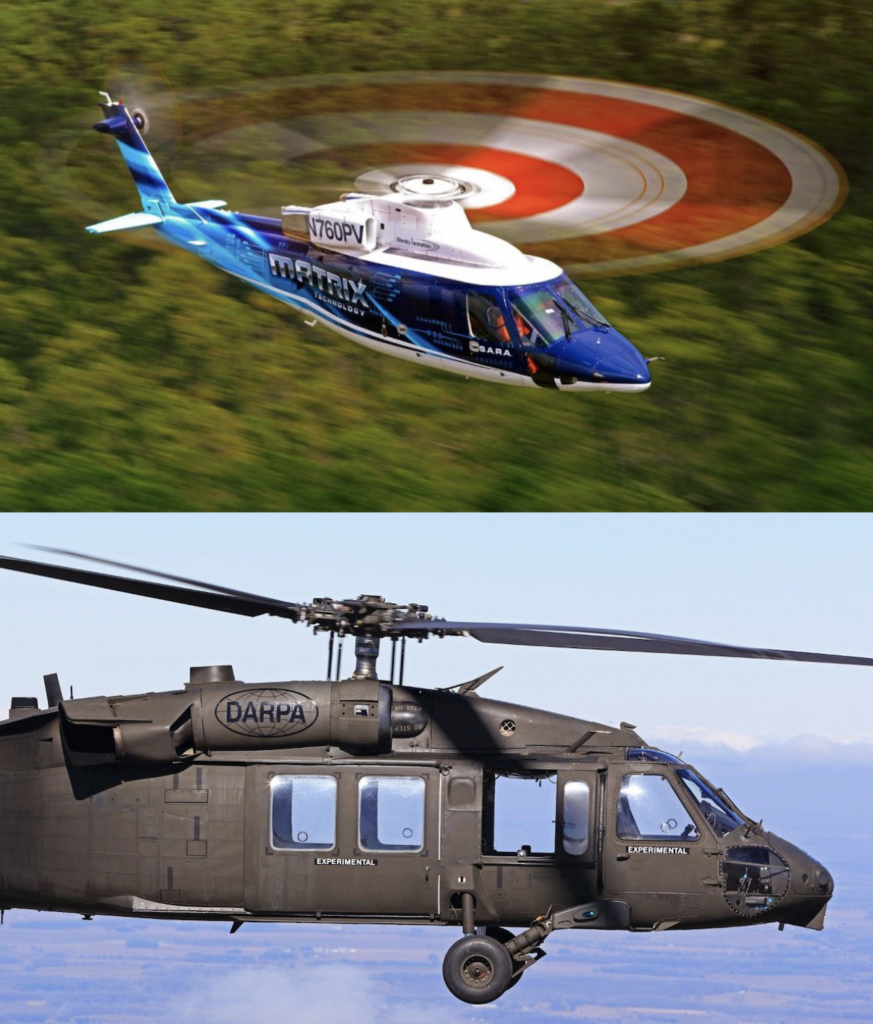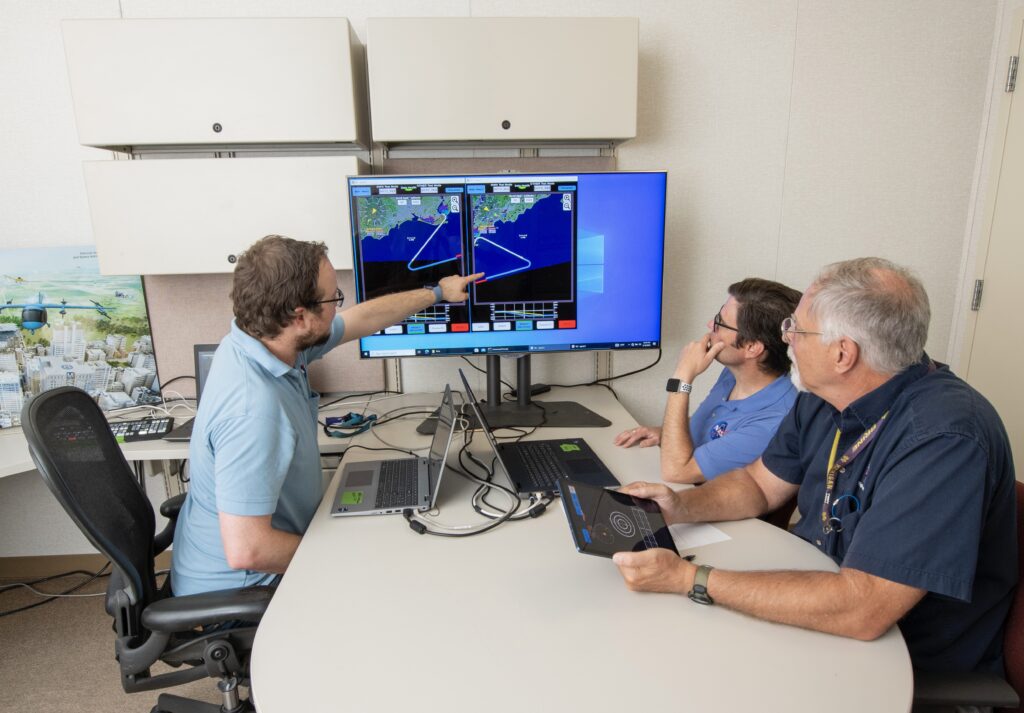NASA, Sikorsky, and DARPA Develop Automation Software


NASA researchers are collaborating with Sikorsky and DARPA to develop and test automation software that is both safe and reliable for flight. (Photos: Lockheed Martin)
Self-flying air taxis are emerging as game changers for the transportation of passengers and cargo. Autonomous aerial vehicles could redefine connectivity between urban hubs and rural areas. But for this futuristic vision to become a reality, safety is paramount.
NASA’s Advanced Air Mobility researchers, stationed at the Armstrong Flight Research Center in Edwards, California, are spearheading the journey to this brave new world of aviation. Collaborating with Sikorsky and the Defense Advanced Research Projects Agency (DARPA), their mission is to develop and rigorously test automation software that is both safe and reliable for flight.
The research, which currently uses two specialized helicopters as substitutes for air taxis, relies heavily on advanced simulations. Software developers and pilots use customized test-tablets, equipped with scripted flight paths, to precisely recreate air-to-air encounters. In this way, they can simulate potential conflict scenarios to test the software’s algorithms.
Ethan Williams, the project’s lead software developer, shared insights into the process: “The software design begins with conceptualizing what future advanced air mobility (AAM) vehicle operations and flight behavior scenarios might look like,” says lead software developer Ethan Williams. “We then refine the software requirements under development, so it behaves as expected enabling the proposed advanced air mobility air taxi operations. The simulation, using the tablets and ground control room displays, helps to identify potential issues prior to actual flight testing.”
For AAM to thrive, the pilots behind the wheel must trust the technology they’re interfacing with. NASA pilot Scott Howe remarked, “Given the extensive ground training familiarization, desktop and cockpit simulation exercises we’ve run, test aircrew are comfortable using the software and tablets.”
Howe added that they have demonstrated the software’s seamless interaction with the aircraft’s flight control systems. “We’ve proven the software […] is very capable of safely executing multiple precise software-controlled profiles in a single flight.”

NASA lead software developer, Ethan Williams, pilot Scott Howe, and operations test consultant Jan Scofield run a flight path management software simulation at NASA’s Armstrong Flight Research Center in Edwards, California. (Photo: NASA)
As the research enters its flight phase, NASA’s lineup includes Sikorsky’s Autonomy Research Aircraft—a revamped S-76B helicopter—and their Optionally Piloted Vehicle Black Hawk helicopter, serving as stand-ins for future air taxis. These aircraft will undergo tests assessing the NASA-crafted automation software and the accompanying flight control tablets across diverse AAM flight situations.
With NASA test pilots and Sikorsky safety pilots aboard, the aircraft will undergo autonomous flight sequences and collect granular data. Meanwhile, the pilots will select their preferred evasion tactics from software-generated choices.
With the promise of air taxis comes the challenge of ensuring their safe operation in congested airspaces. NASA, with its partners, is playing a pivotal role in laying the groundwork for robust safety measures.
—————
Boost Internet Speed–
Free Business Hosting–
Free Email Account–
Dropcatch–
Free Secure Email–
Secure Email–
Cheap VOIP Calls–
Free Hosting–
Boost Inflight Wifi–
Premium Domains–
Free Domains





